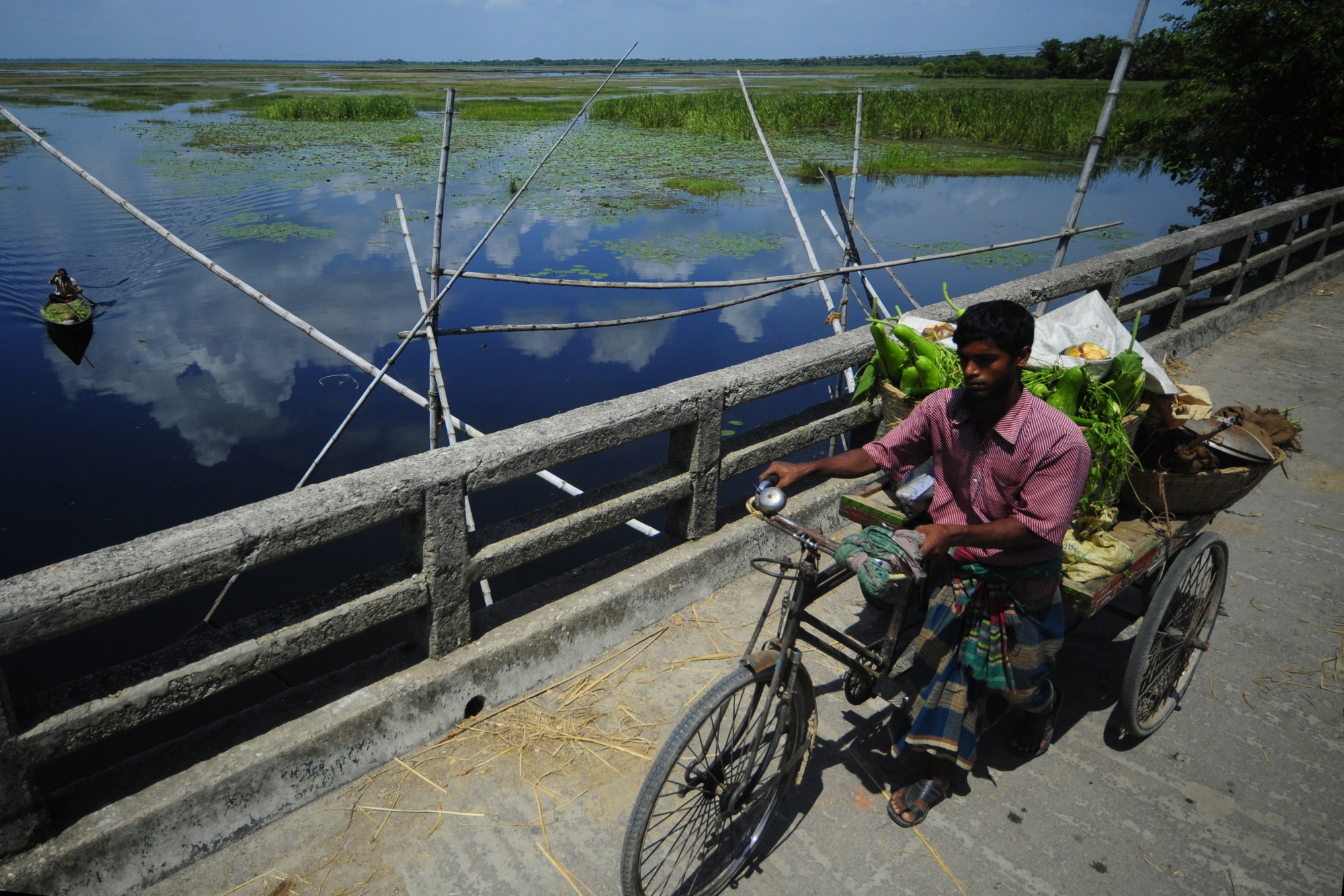Bangladesh’s Country Investment Plan

Key to strengthening investment in agriculture, food security and nutrition
1 April 2011 – Bangladesh is a trailblazer. It was one of the first countries in Asia to develop a national food policy – a model followed by others – and now it boasts the region’s first Country Investment Plan for Agriculture, Food Security and Nutrition.
The Government of Bangladesh hopes the comprehensive, five-year plan for investment will make safe and nutritious food more readily available, provide people with the means to buy the food they need and roll back the country’s high malnutrition rates.
The Danish International Development Agency (DANIDA) recently pledged US$ 75 million for agricultural development in Bangladesh as a nod to the merits of the plan. This follows the US$ 52 million grant awarded last June from the Global Agriculture and Food Security Program (GAFSP), a multi-donor fund stemming from the L’Aquila Food Security Initiative.
The Country Investment Plan, which builds on existing national food security policies, was first approved by the Government in June 2010. Since then, the Government has worked closely with a broad range of stakeholders and partners, including FAO, to produce an updated version, which was unveiled at the recent National Forum on Improving the Country Investment Plan for Agriculture, Food Security and Nutrition in Dhaka.
“We have a Country Investment Plan that is much stronger than the one we had last year because it is the result of the work of the entire Government with the active participation of 13 ministries,” said Ad Spijkers, who recently retired as FAO Representative for Bangladesh. “It was updated through rigorous analytical scrutiny and inclusive dialogue.”
Dialogue was indeed inclusive. Government agencies, UN organizations, the private sector, civil society, NGOs, academics, entrepreneurs, development partners and farmers were widely consulted, and their ideas taken on board.
Thanks to this, the plan’s 12 investment areas – ranging from improved water management for irrigation and better market access to community-based nutrition programmes and food safety – have been costed and prioritized to reflect the needs of its many stakeholders.
A results framework has been set up to help define how the different areas will contribute to strengthening food and nutrition security in Bangladesh. Likewise, a mechanism to monitor and evaluate progress has been put into place.
Responding to myriad challenges
Bangladesh faces sizeable challenges. It is one of the most disaster-prone countries in the world, beset by frequent cyclones, increasingly erratic monsoon rains, tidal surges, drought and erosion.
And there is the population density. Nearly 160 million people live in an area less than half the size of Italy and the population is expected to increase by two million people a year.
The country has made laudable progress in its ability to prepare for disasters, and has tripled rice production in the 40 years since independence. Still, feeding such a rapidly growing population amid shrinking land and water resources and rising climate threats requires new ways of thinking, technologies and innovation.
The Government is already working with FAO and other partners to introduce new crop varieties, like salt and drought-tolerant rice seeds, modern machinery and improved agricultural practices to help farmers adapt to changing weather patterns and get more from their land.
There is a strong push for better water and embankment management and for improved surface water irrigation, especially in the southern delta – one of the poorest and most climate threatened regions in the country.
There is also a focus on strengthening the capacities of producers to form community-based groups and marketing organizations, and on supporting fish, poultry and dairy production.
By diversifying agricultural production and creating more opportunities for people to earn money, the Government hopes to prevent the rural poor from being completely blindsided by the next disaster.
More investments needed
Bangladesh’s Country Investment Plan is designed to align both domestic and external funding to enhance coordination and avoid gaps and duplication of efforts. To date, eight development partners have agreed to finance food security investments in alignment with the plan.
The investment needs are huge. The total cost of the plan is about US$ 7.98 billion. Budget resources already allocated plus contributions from development partners total just over US$ 3 billion, leaving a financing gap of nearly US$ 5 billion over the next five years. The financing gap for the prioritized areas, however, is about US$ 3 billion.
“The Country Investment Plan was a prerequisite for the GAFSP and has now inspired Denmark to take the bold step to come up with such a large amount of money,” said Spijkers.
“We will continue to have intensive talks with the development banks to see how they can use it in their planning, and we also hope other governments and organizations working in Bangladesh will take it up,” he added.
